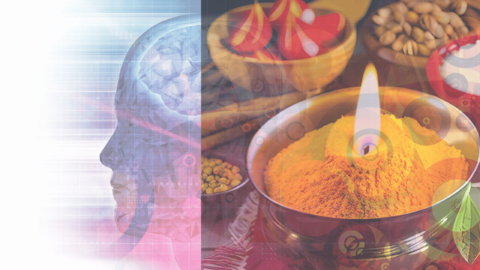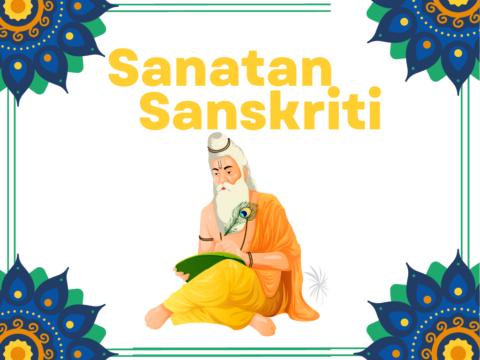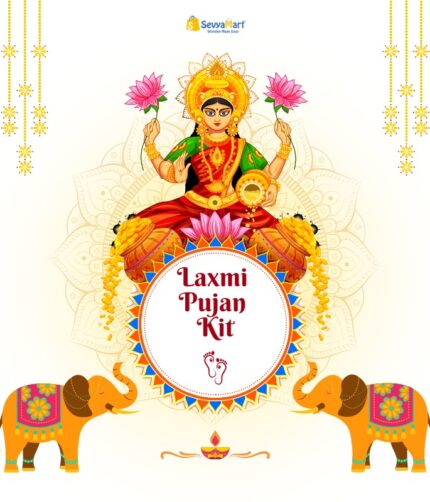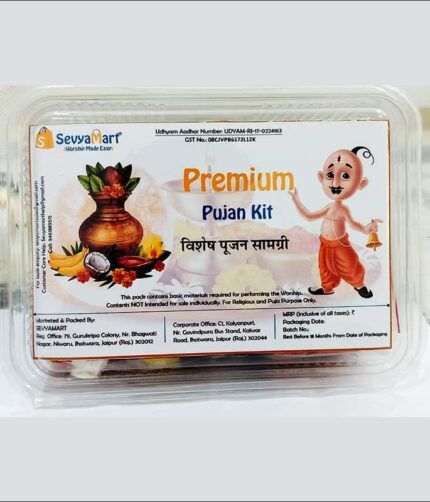Introduction
Guru Purnima, a sacred festival celebrated by Hindus, Buddhists, and Jains, holds immense significance in honoring and expressing gratitude towards spiritual teachers and guides. This auspicious occasion provides an opportunity to reflect upon the importance of divine wisdom and the profound impact of gurus in our lives. In this article, we will explore the essence of Guru Purnima, its spiritual significance, traditional customs and rituals, and the transformative power of embracing divine wisdom.

The Significance of Guru Purnima
Guru Purnima is a celebration dedicated to expressing reverence and gratitude towards gurus or spiritual teachers who illuminate the path of knowledge and enlightenment. The word “guru” originates from Sanskrit and signifies a revered teacher or mentor who leads disciples on the journey of self-discovery and spiritual growth. The festival falls on the full moon day (Purnima) in the Hindu month of Ashadha (June-July), signifying the divine presence and blessings of the guru.
Embracing Divine Wisdom
Guru Purnima encourages devotees to embrace divine wisdom imparted by their gurus and to cultivate a deeper understanding of life’s purpose and spiritual truth. It is an invitation to connect with the profound teachings and guidance received from gurus, allowing their wisdom to illuminate our path and transform our consciousness.
Traditional Customs and Rituals
- Guru Puja: Devotees pay homage to their gurus through special puja (ritual worship) ceremonies. They offer flowers, incense, fruits, and other symbolic items as a gesture of respect and gratitude.
- Satsang and Discourses: Spiritual gatherings, known as satsangs, are organized where disciples gather to listen to discourses and teachings by enlightened masters. These sessions provide an opportunity to deepen spiritual knowledge and gain insights from the guru’s wisdom.
- Guru Dakshina: Disciples express their gratitude by offering Guru Dakshina, which can be in the form of monetary contributions or acts of service. It symbolizes the disciple’s commitment to the guru’s teachings and the willingness to give back.
- Chanting and Mantra Recitation: Devotees engage in chanting sacred mantras and hymns, such as the Guru Mantra or the Guru Stotram, to invoke the blessings and grace of the guru.
- Self-Reflection and Contemplation: Guru Purnima is a time for introspection and self-reflection. Devotees assess their spiritual progress, identify areas of growth, and make resolutions to deepen their spiritual practices under the guidance of their gurus.
The Transformative Power of Guru’s Grace
Guru Purnima is a reminder of the transformative power of the guru’s grace in the spiritual journey of disciples. The guru serves as a beacon of light, dispelling ignorance and guiding seekers towards self-realization. By following the guru’s teachings and embodying their wisdom, disciples experience profound transformations, gain clarity, and cultivate inner peace.
Embracing Guru’s Teachings in Daily Life
The true essence of Guru Purnima lies in integrating the teachings of gurus into our daily lives. Here are some ways to embrace divine wisdom:
- Practice Mindfulness: Cultivate mindfulness in every action, thought, and word. Be aware of the guru’s teachings and strive to live in alignment with them.
- Sincere Sadhana: Engage in regular spiritual practices, such as meditation, mantra repetition, and selfless service, to deepen your connection with the divine and nurture inner growth.
- Service to Others: Extend compassion and kindness to others, embodying the guru’s teachings of love, selflessness, and service. Offer support and uplift those in need.
- Continuous Learning: Foster a thirst for knowledge and spiritual growth. Seek opportunities to expand your understanding and delve deeper into the wisdom teachings of your guru.
Conclusion
Guru Purnima is a joyous celebration of divine wisdom and the profound impact of gurus in our lives. It reminds us of the transformative power of embracing the teachings and guidance of enlightened masters. As we honor and express gratitude towards our gurus, let us strive to incorporate their wisdom into our daily lives, nurturing spiritual growth and experiencing the blessings of divine grace.
FAQs (Frequently Asked Questions)
- What is Guru Purnima? Guru Purnima is a sacred festival celebrated to express reverence and gratitude towards spiritual teachers (gurus) who impart divine wisdom and guidance.
- When is Guru Purnima celebrated? Guru Purnima falls on the full moon day (Purnima) in the Hindu month of Ashadha (June-July).
- What is the significance of Guru Purnima? Guru Purnima signifies the importance of embracing divine wisdom, expressing gratitude towards gurus, and seeking spiritual growth under their guidance.
- How is Guru Purnima celebrated? Guru Purnima is celebrated through rituals such as guru puja, satsangs, chanting, self-reflection, and acts of service. Disciples offer Guru Dakshina and engage in practices that embody the guru’s teachings.
- How can we embrace divine wisdom in our daily lives? We can embrace divine wisdom by practicing mindfulness, engaging in sincere sadhana, serving others, and continuously seeking knowledge and spiritual growth.











